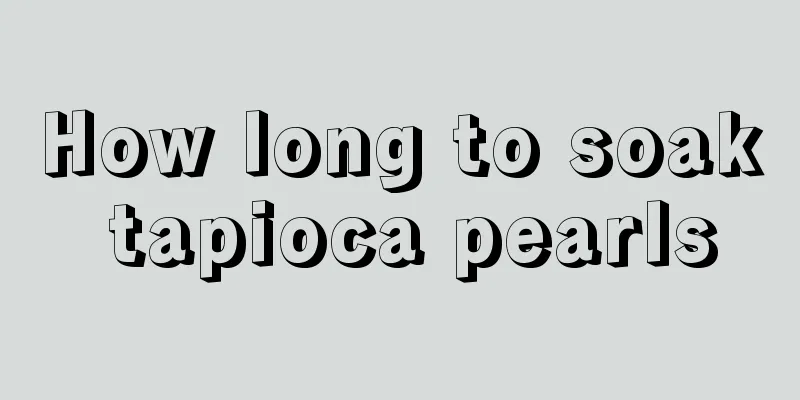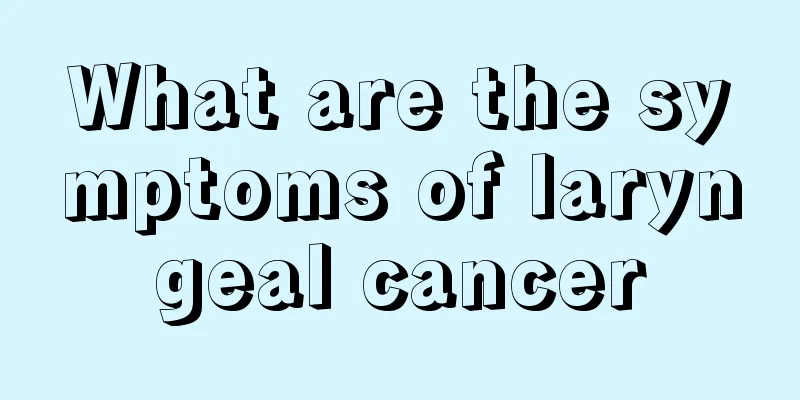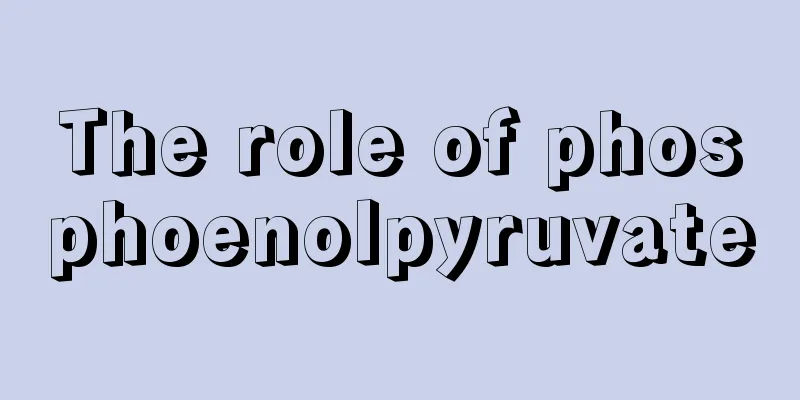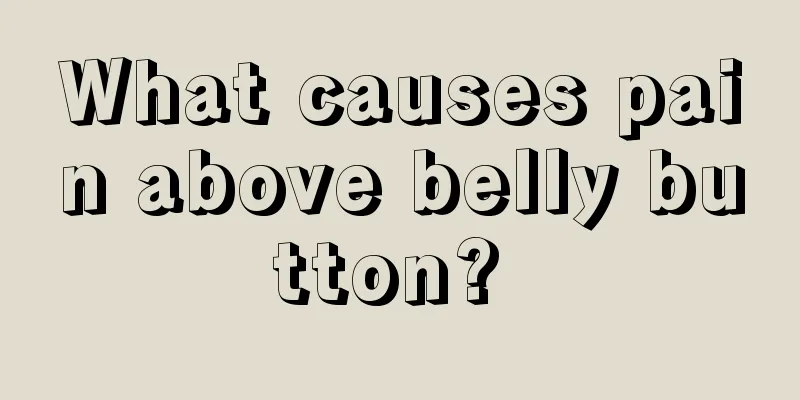How to care for cerebral infarction
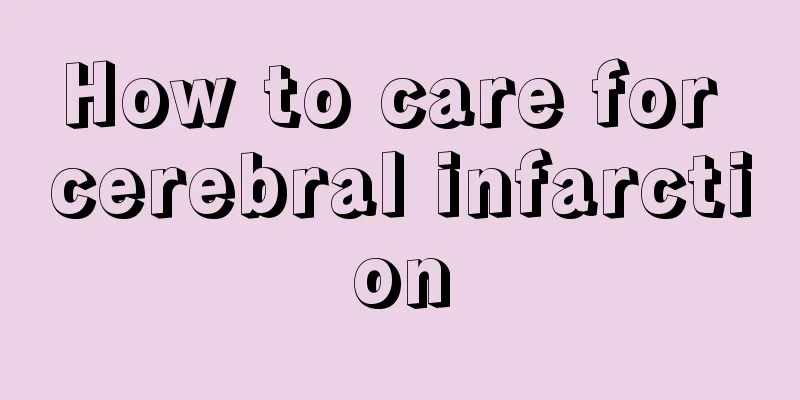
|
We usually call cerebral infarction cerebral infarction or ischemic stroke. The cause is a problem with the blood supply to our brain. If the brain is ischemic or hypoxic, it will cause problems with brain tissue. For example, ischemic necrosis and softening of brain tissue, the incidence of cerebral infarction is very high, the mortality rate of cerebral infarction is also very high, and the biggest threat that cerebral infarction brings to patients is that cerebral infarction causes many sequelae.
Cerebral infarction brings a lot of harm to patients, especially the sequelae of cerebral infarction, so how we should treat and care for patients with cerebral infarction seems particularly important. In the following article, we will discuss how to effectively treat cerebral infarction, and after the treatment of cerebral infarction, how we should provide functional recovery care for patients with cerebral infarction sequelae. Brain cells die due to ischemia and hypoxia when blood vessels are blocked. The later the treatment starts, the larger the blocked blood vessel, the more brain cells will die, and brain cells cannot regenerate after death. Therefore, despite the many positive measures taken by doctors, patients will inevitably suffer from symptoms to varying degrees. These symptoms cannot be cured in a hospital, especially a comprehensive hospital whose main purpose is to save lives. They need to be treated in a rehabilitation hospital. In our country, this is mainly done at home for further care and treatment. 1. Use medicines scientifically to prevent recurrence. Cerebral infarction is a chronic cerebrovascular accident disease with a high recurrence rate. After discharge, patients still need to take medicines as instructed by the doctor, control underlying diseases of arteriosclerosis such as hypertension, hyperlipidemia, and diabetes, and go to the hospital for regular check-ups. Effective drugs commonly used in clinical treatment of cerebral infarction include Western medicines such as antiplatelet aggregation, such as aspirin; modern Chinese medicines with dual effects of promoting blood circulation and removing blood stasis, and aromatic invigorating the mind, such as Tianxintai Thrombosis Xinmaining Tablets (the only Chinese medicine for the treatment of cerebral infarction that has been successfully developed for the second time in my country at this stage!). The rational combination of Western medicine's advantages of strong targeting and rapid onset of action and modern Chinese medicine's advantages of long-term effectiveness, safety, reliability and no drug tolerance can achieve the therapeutic effect of increasing efficacy and reducing toxicity, and treating both the symptoms and the root causes. It is the main drug used in clinical practice and also the ideal drug combination for secondary prevention of cerebral infarction patients during the recovery period: effectively improving symptoms while preventing recurrence. 2. Start rehabilitation treatment as early and actively as possible. As mentioned earlier, cerebral infarction will leave many sequelae, such as hemiplegia, aphasia, dizziness and headache. Most patients can take care of themselves through active and scientific comprehensive rehabilitation treatment, and some can even return to work. For rehabilitation treatment of cerebral infarction, you can buy some relevant books and videotapes or find them online and do them at home. Patients who have the conditions can also undergo rehabilitation exercises in local rehabilitation hospitals. Rehabilitation should start early. The best time for recovery is within six months after the illness. After half a year, recovery will be more difficult due to muscle atrophy and joint contracture, but it will also be of some help. 3. Daily life training: Many previous living habits are disrupted after the illness. In addition to training the affected limb as early and formally as possible, attention should also be paid to developing the potential of the healthy limb. Patients with right-sided hemiplegia who usually use their right hand should train their left hand to do things. Clothes should be made loose and soft, and special styles can be sewn according to special needs, such as installing a zipper on the sleeve of the affected limb to measure blood pressure. When dressing, put on the paralyzed side first and then the healthy side; when undressing, take off the healthy side first and then the affected side. 4. Effectively adjust your emotions. As the saying goes, "Illness comes like a mountain falling, and goes away like pulling a thread." This statement is more appropriate for patients with cerebrovascular diseases. Faced with the facts, we should adjust our emotions and actively engage in comprehensive rehabilitation in order to return to society as soon as possible. Patients with severe mood disorders can seek help from a doctor and use antidepressants, such as Prozac, which have a good effect on depression and anxiety after cerebrovascular disease. 5. Functional recovery care for sequelae (1) Language barriers Patients with language barriers tend to be anxious and distressed. Medical staff should have more contact with patients, understand their pain, keep them in a good mood and eliminate their tension. Patients must be induced and encouraged to speak as early as possible, and their pronunciation must be corrected patiently, from simple to complex, such as "e", "ah", "ge", etc., and practiced repeatedly and persevere. It is also combined with acupuncture of the Yamen, Tongli, Lianquan and other acupoints, which is beneficial to promote the improvement and recovery of language function. (2) In case of limb dysfunction, care should be taken to place the paralyzed limb in a functional position to prevent limb contracture and deformity. Supine and lateral positions are often used. When the patient's condition is stable, guide and assist him to perform functional exercises, starting with simple flexion and extension, requiring full, reasonable and moderate activities to avoid damaging muscles and joints, 2-4 times a day, each time for 5-30 minutes. And cooperate with drug treatment. Massage the affected limb and acupuncture Quchi, Hegu, Zusanli, etc. Help the patient soak the affected limb frequently with hot water (you can add safflower and mugwort leaves) to promote blood circulation. (3) Clinically, common symptoms of facial paralysis include incomplete eyelid closure on the affected side, drooping corners of the mouth, and the inability to frown, close the eyes, puff out the cheeks, or whistle. Patients often develop negative emotions and lose confidence in treatment. We should show sympathy and care to patients and give them spiritual encouragement in order to gain their trust and ease their emotions. The diet should be easy to digest, nutritious liquid or semi-liquid diet. Combined with acupuncture at Cheek Cartilage, Dicang, Yingxiang and Sibai. Encourage patients to do more eye, mouth, and face exercises and massage their face frequently. (4) Dysphagia is caused by paralysis of the muscles responsible for swallowing. The patient experiences choking and coughing when eating, especially when drinking water, and even food sprays out of the mouth and nose. At this time, be careful not to force the patient to take food, water or medicine. For mild patients, they can be allowed to eat viscous foods, such as thick porridge, soft rice, etc. Cook vegetables, minced meat and other side dishes, chop them into small pieces and mix them with the rice. Avoid foods that are too watery or too dry as they are easier to swallow. If there are no contraindications to oral medication, you can grind it into powder and mix it with food. The above introduces the causes of cerebral infarction and the manifestations of its symptoms. We know that the treatment of cerebral infarction is very difficult, so the above tells us that the treatment and care of cerebral infarction patients should include scientific use of medication, rehabilitation treatment as soon as possible, continuous development of the potential of healthy limbs, effective adjustment of emotions, and how we should properly restore the functions of the sequelae of cerebral infarction. |
<<: The effect of lactobacillus tablets
>>: Details that patients with uremia should pay attention to after dialysis
Recommend
What to do if young people have sunken eye sockets
The phenomenon of sunken eye sockets mainly occur...
What is the cure rate for mid- to late-stage testicular cancer?
The cure rate of mid-to-late stage testicular can...
Recommendation of the best Chinese medicine hospital for treating osteosarcoma
Traditional Chinese medicine is a traditional Chi...
Why does tooth decay hurt? The symptoms are so serious
The so-called tooth decay is what we often call d...
What are the symptoms of arterial embolism?
What are the symptoms of arterial embolism? In fa...
How long can you live with advanced testicular cancer
The pollution of the modern environment has made ...
What is the reason for severe spitting up in newborns
It is normal for a newborn baby to spit up, but t...
What causes night headaches?
I believe many people have had the experience of ...
Post-endometrial cancer resection care
What kind of postoperative care is good for endom...
How to solve the problem of sweaty and smelly feet?
In life, many people have sweaty and smelly feet,...
Get hepatitis B vaccine
In our country, 10% of the people, although healt...
How to massage to prevent prostate cancer?
I believe everyone is familiar with prostate canc...
What kind of diet should patients with ovarian cancer pay attention to
What should ovarian cancer patients pay attention...
How to quickly treat a stuffy nose
Many people have experienced nasal congestion, wh...
What to do if your neck hurts when you sleep
If you feel extreme pain in your neck while sleep...

